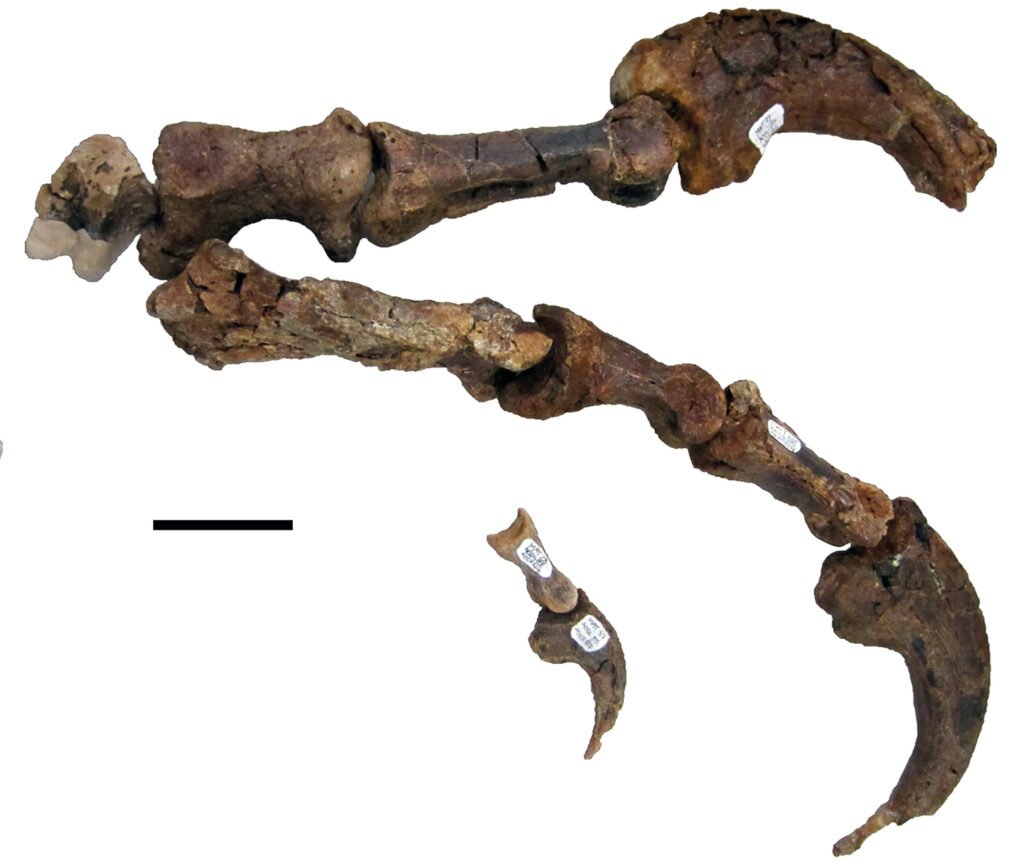Dinosaurs have captivated imaginations for generations, mostly due to the iconic fossils unearthed across the globe. However, the spotlight often shines on the colossal giants from North America or the feathered wonders of China, leaving Australian dinosaurs tucked away in the shadows of history. This narrative changed dramatically with the discovery of Australovenator, affectionately known as “Banjo.” This agile predator has significantly reshaped our understanding of prehistoric life on the southern continent, revealing a rich tapestry of evolution and adaptation in the ancient landscapes of Australia.
The Discovery of Australovenator

Australovenator wintonensis was first unearthed in 2006 near Winton, Queensland, in central Australia. The excavation was part of a larger dig conducted by the Australian Age of Dinosaurs Museum, aiming to explore the mysteries of the Gondwanan supercontinent. The team recovered a remarkably complete fossil that would soon prove to be one of the most significant paleontological discoveries in Australia. This medium-sized theropod—a two-legged, carnivorous dinosaur—has provided invaluable insights into the continent’s ancient ecosystems.
Anatomy and Characteristics

Australovenator was a sleek predator, estimated to have measured around 5 to 6 meters in length. It possessed a light, agile frame ideal for chasing prey across the Cretaceous terrain. Its most striking features were its long, slender arms equipped with three sharp claws—attributes that have earned Australovenator comparisons to the famed Velociraptor. These adaptations suggest it was built for speed and agility, making it an effective hunter.
The Environment of Australovenator

During the mid-Cretaceous period, approximately 95 million years ago when Australovenator roamed, Australia’s landscape was vastly different from today’s arid terrains. The region comprised lush floodplains, dense forests, and a network of rivers and streams. This environment would have supported a rich community of animals, suggesting a complex and vibrant ecosystem wherein Australovenator played a crucial predatory role.
Significance in Australian Paleontology

Prior to Australovenator’s discovery, the scarcity of theropod fossils in Australia had limited a comprehensive understanding of the continent’s prehistoric fauna. As one of the best-preserved theropods found in the region, Banjo has bridged gaps in the evolutionary history of Australian dinosaurs. It has provided key evidence of how these creatures lived and adapted to their environment, offering a new perspective on Gondwanan dinosaur evolution.
Cladistics and Global Relations

Cladistic analyses have placed Australovenator within the family of megaraptorids—a group of theropods known for their long, clawed forelimbs and lightweight build. This classification has prompted intriguing questions about the distribution and diversification of theropods during the Cretaceous. Comparisons with other megaraptorids found in South America underscore a remarkable biogeographical link, emphasizing the extensive connectivity between the southern continents during the age of dinosaurs.
Impact on Theories of Continental Drift and Dinosaur Distribution

The discovery has reinforced theories concerning the breakup of the supercontinent Gondwana, of which Australia once formed a part. As similar theropods have been discovered across what are now very disparate locations, Australovenator has provided substantial support to the idea of shared dinosaurian fauna across ancient continents. Such insights are crucial for understanding the dynamics of plate tectonics and species distribution over millions of years.
A Legacy of Curiosity and Discovery

The unearthing of Australovenator has ignited a renewed passion for dinosaur research in Australia, encouraging both academic and amateur paleontologists to explore further. With ongoing digs and research, the potential for discovering more dinosaur species continues to grow, promising to shed even more light on this fascinating epoch of Earth’s history.
Concluding Thoughts: Expanding Our Paleontological Horizons

Australovenator has not only enriched our understanding of Australian dinosaurs but has also connected the continent’s prehistoric narrative with a broader, global context. Through this singular find, the hidden complexities of life on Gondwana come into sharper focus, allowing scientists to piece together the intricate puzzle of our planet’s ancient past. As our quest for knowledge persists, Australovenator stands as a testament to the idea that even the most isolated corners of the Earth can yield unexpected treasures, forever altering our perspective on the vast tapestry of life that once flourished on Earth.



